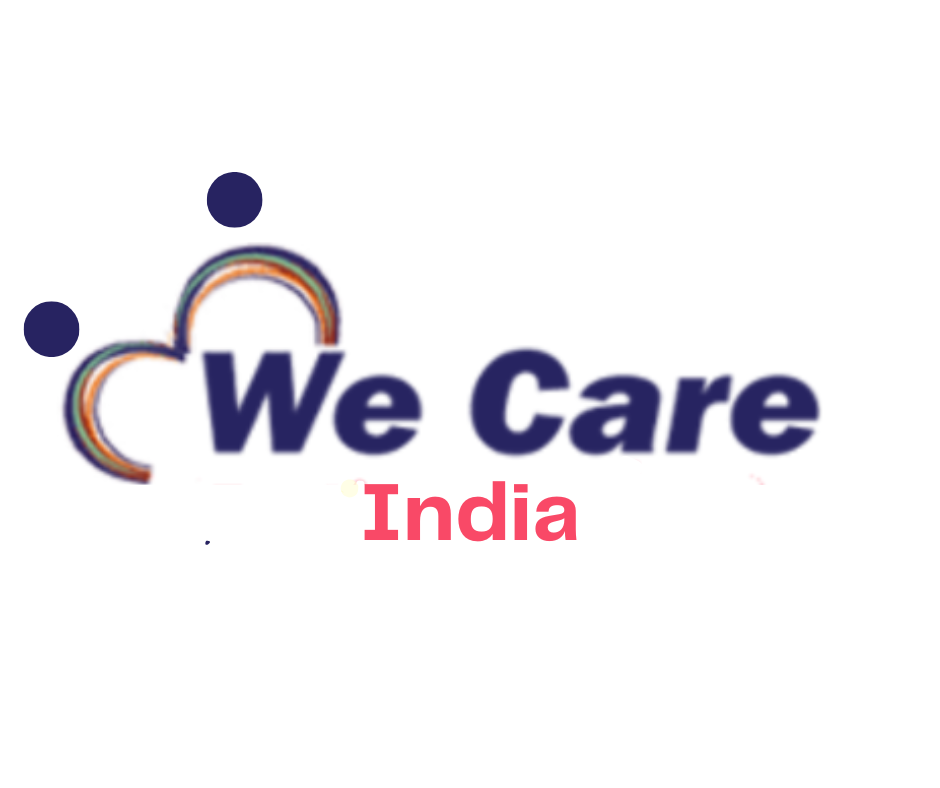IVF for Single Women Treatment in India: Empowering Parenthood Dreams
Record numbers of single women are embarking on motherhood without a lover, fearing they might end up childless if they wait for the "perfect" man.


Free Doctor Opinion

Personalized care with a warm interaction with the patient
- Achieving outstanding success rates through our dedicated care approach.
- Equipped with the latest technology to ensure optimal treatment outcomes.
- Our expert team provides exceptional healthcare with experience.
- Offering 24/7 assistance for your health needs and concerns.
- Providing quality treatment at reasonable costs for every patient.
- Contact us Email ID:[email protected]
- Call us: +91 9029304141
Fertility is the natural capability of giving life. As a measure, “fertility rate” is the number of children born per couple, person or population. This is different from fecundity, which is defined as the potential for reproduction (influenced by gamete production, fertilisation and carrying a pregnancy to term). Infertility is a deficient fertility.
many clinics would provide IVF for single women or lesbian couples but this was at their discretion and some clinics could turn people away on the basis of the potential child not having a father, because the previous Act which was enacted in 1990 had a clause which stated the ‘need for a father’, and they were following this.
Now such clinics will not be able to turn anyone away on those grounds without the risk of being prosecuted in new anti-discrimination lawsuits.
As well as allowing them access to IVF, in the case of same sex couples and those who have a baby via surrogacy, it will legally recognise them as parents by giving them both parental rights (PR). Previously, a baby born by a surrogate was legally the surrogate’s baby, even if she got pregnant using the infertile woman’s egg and her husband’s sperm. The infertile couple would then have to adopt the baby, despite it being biologically theirs. Some high profile surrogacy cases highlighted flaws in the system, when rarely, a surrogate would refuse to give up her parental rights.
The original indication for IVF was tubal damage, but it is now used for a wide range of disorders such as unexplained infertility, endometriosis, male factor infertility, failure to conceive after 12 cycles of successful ovulation induction, failure to conceive after 6 cycles of intrauterine insemination etc.
IVF cycle consists of several steps over an interval of 4-6 weeks and start when a woman begins taking drugs to stimulate her ovaries to produce eggs, monitoring progress by ultrasound scan and blood tests, collecting eggs, collecting man’s sperm, fertilizing the eggs, transferring the embryo and end by the pregnancy test.
You should remember however that IVF should not be done unless you have tried all the possible ways to conceive. And one should also remember that the time taken to try to conceive should be more than a year. If then after trying all possible methods for a year you are unable to conceive a child naturally then you can opt for IVF. One needs to know a few basic things about IVF, for example the procedure and the possible consequences. Since we all know that IVF is merely the uniting of egg and sperm in vitro (in the lab). Consequently the embryos are transmitted into the uterus through the cervix and pregnancy takes place. There is the possibility of multiple births in an IVF treatment.
Read Also :-
- MESA Treatment in India: Procedure, Benefits, and Fertility Success
- Chin and Cheek Augmentation in India: Enhance Your Facial Profile
- Meningioma Treatment in India: Diagnosis, Surgery, and Recovery
- Microvascular Decompression Surgery in India: Procedure, Benefits, and Recovery
- Carotid Endarterectomy in India: Advanced Stroke Prevention Surgery
- Intacs in India: Innovative Corneal Refractive Surgery for Keratoconus
Committed To Build Positive, Safe, Patient Focused Care.
High Quality
Care
Home Review
Medicine
All Advanced
Equipment
Book An Appointment

At We Care India, we offer complete medical services for your entire family, from routine check-ups to injury care, ensuring personalized attention and expert assistance for all your health needs.


